Happy Vijaya Dashami 2017: India is known as the land of festivals and celebrations. Several traditional festivals will be celebrated throughout the country, and one among them is Dussehra. Every region in India celebrates this festival with utmost devotion and respect. The celebrations mark the history and significance of Dussehra. This year Vijaya Dashami is going to celebrate on 11th October.
It is also known as Vijaya Dashami, Dasara, and Dashain. Different regions of India have different names of Dussehra. In North-India, it is called as Dussehra, Dashain in Nepal. Coming to South-India, it was called as Vijaya Dashami, Dasara. Though it has different names and different rituals, all the people across the country celebrate this auspicious festival with more joy.
Happy Dussehra 2017 Quotes, Messages and Wishes
Why do we celebrate Vijaya Dashami
Dasara marks the festivity of all age groups to celebrate. From children to elders, all will participate in the Dussehra celebrations. There are two important stories behind Vijaya Dashami celebrations. One story is associated with Lord Ram, and another is associated with Goddess Durga. The festival of Dashain signifies the victory of good over evil. The statutes of Ravana, Kumbhakarna and Indrajit, are burned signifying as Rama’s victory.
According to the great Hindu epic Ramayana, Lord Ram killed Ravana on the tenth day that is Dussehra. Ravana is said to have abducted Ram’s wife, Sita. The end of Ravana’s rule meant the end of bad and evil spirit as he was a demon by birth too.
Throughout Navaratri, Ramleela is organised in many northern parts of the country, and people enjoy the enactment of the play based on Ramayana.
Another legend connected to Goddess Durga is, the Mahishasura who is a demon king and more powerful. He was undefeatable by Lord Brahma, Lord Vishnu and Lord Siva. Therefore, all the gods create Goddess Durga to destroy Mahishasura. Goddess Durga, an avatar of Maha Sakthi, fought with the demon king and defeated him.
Her victory over Mahishasura is celebrated as Vijaya Dashami or Dussehra by many people following Hinduism.
In South India, the nine days preceding Dussehra have been equally divided for worshipping the nine avatars of Goddesses Durga. The women and the children of Tamil Nadu, Andhra Pradesh and Karnataka arrange small statues like dolls, known as ‘Bommai (Bommala) Kolu’, on artificial steps and decorate the steps and the nearby place with beautiful lamps and flowers.
Another story from the epics connected to the origin of Dussehra from the greatest Hindu epic, Mahabharata. Kauravas banished Pandavas for 12 years and one year disguise because of Dharmaraj was defeated by Kauravas in the gambling.
Pandavas decided to live in exile in the woods for 12 years and one year in disguise. They have hidden their weapons under the Shami tree. For every one year in the ending, they visit the Shami tree and worship it and Goddess Durga. Pandavas fought over Kauravas and emerged victory. This has happened on Dashami. And ever since, the good had achieved victory over evil, and it is marked as Vijaya Dashami.
There are many other epic stories associated with the festival of Dussehra. No matter what the stories are, festivals in India convey the message of kindness, peace and love.


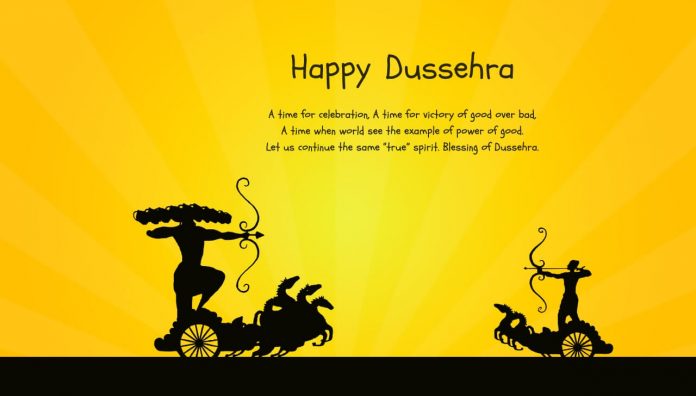
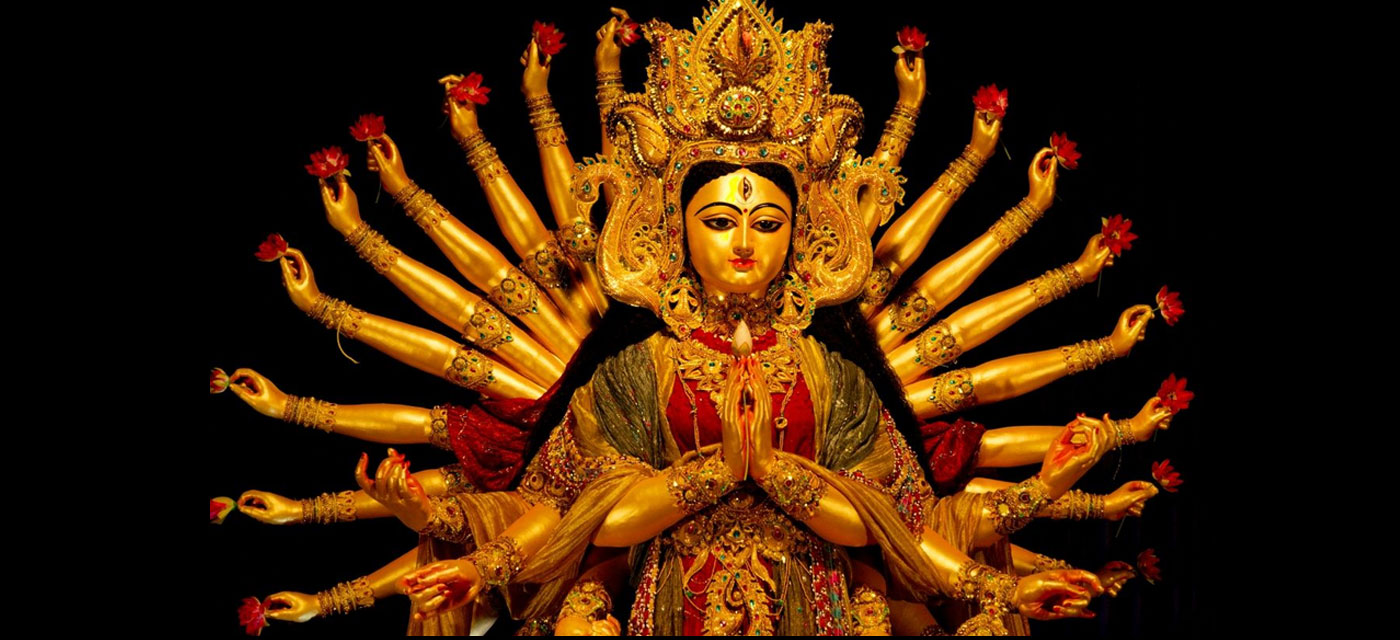
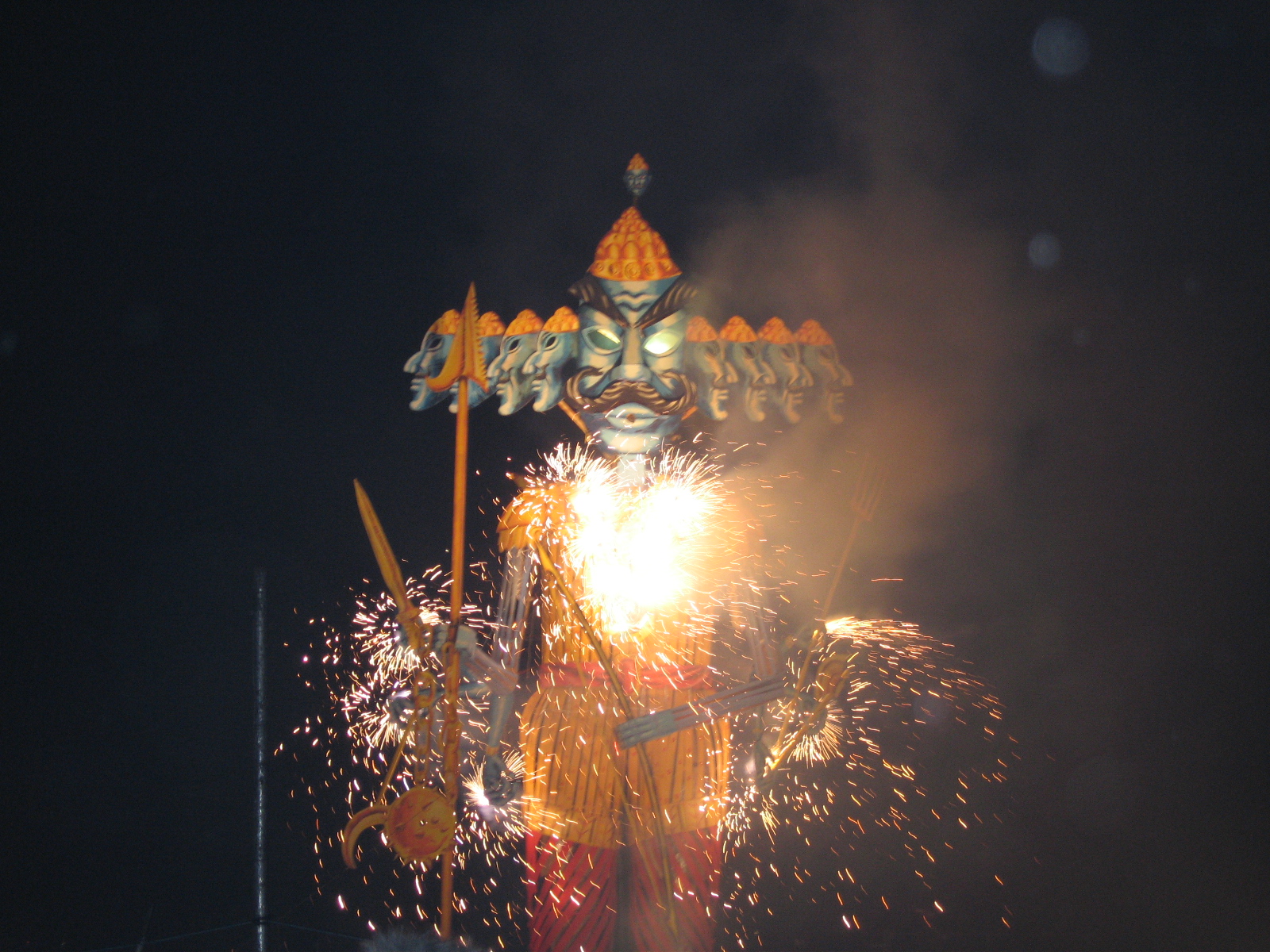
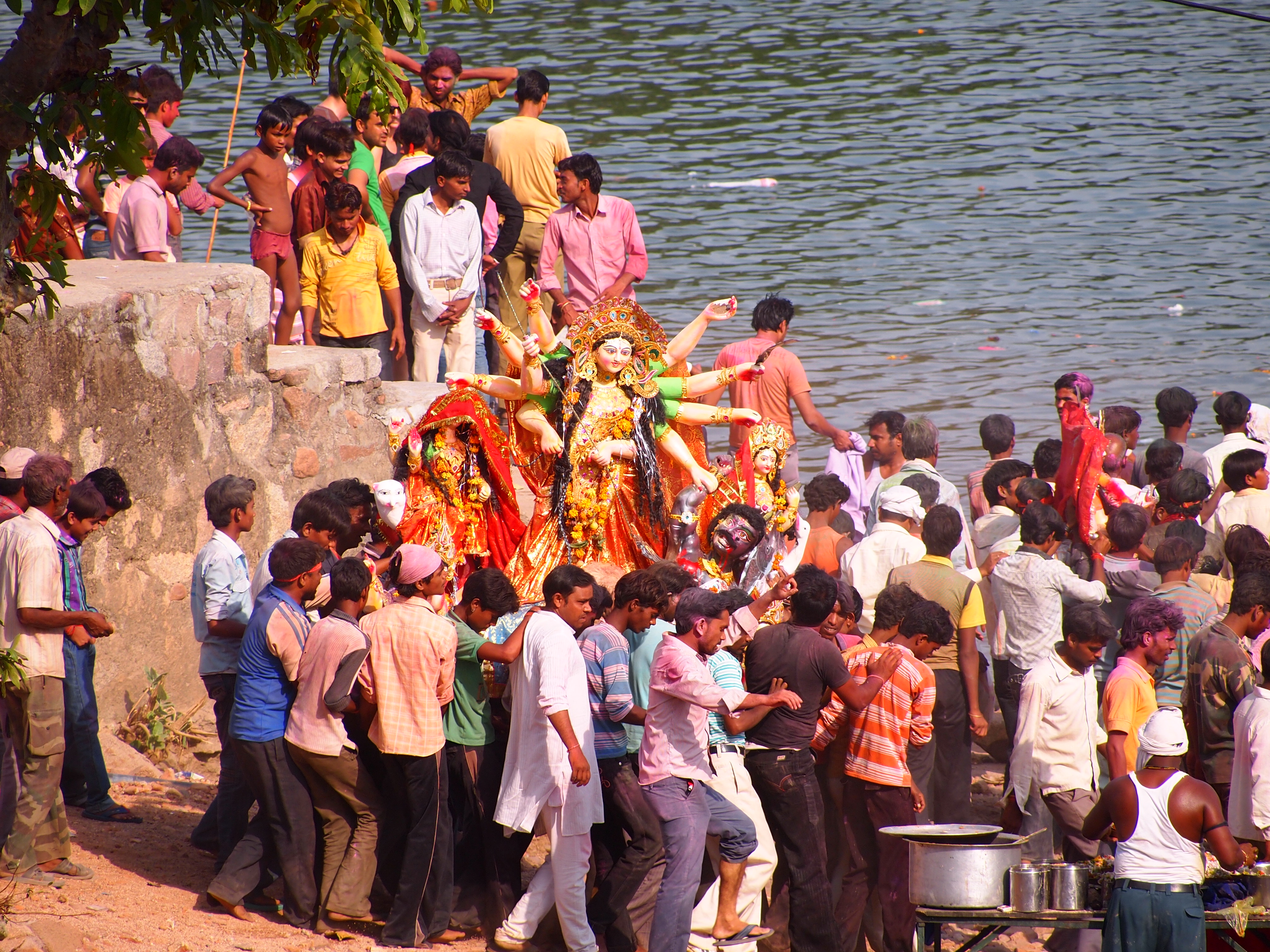
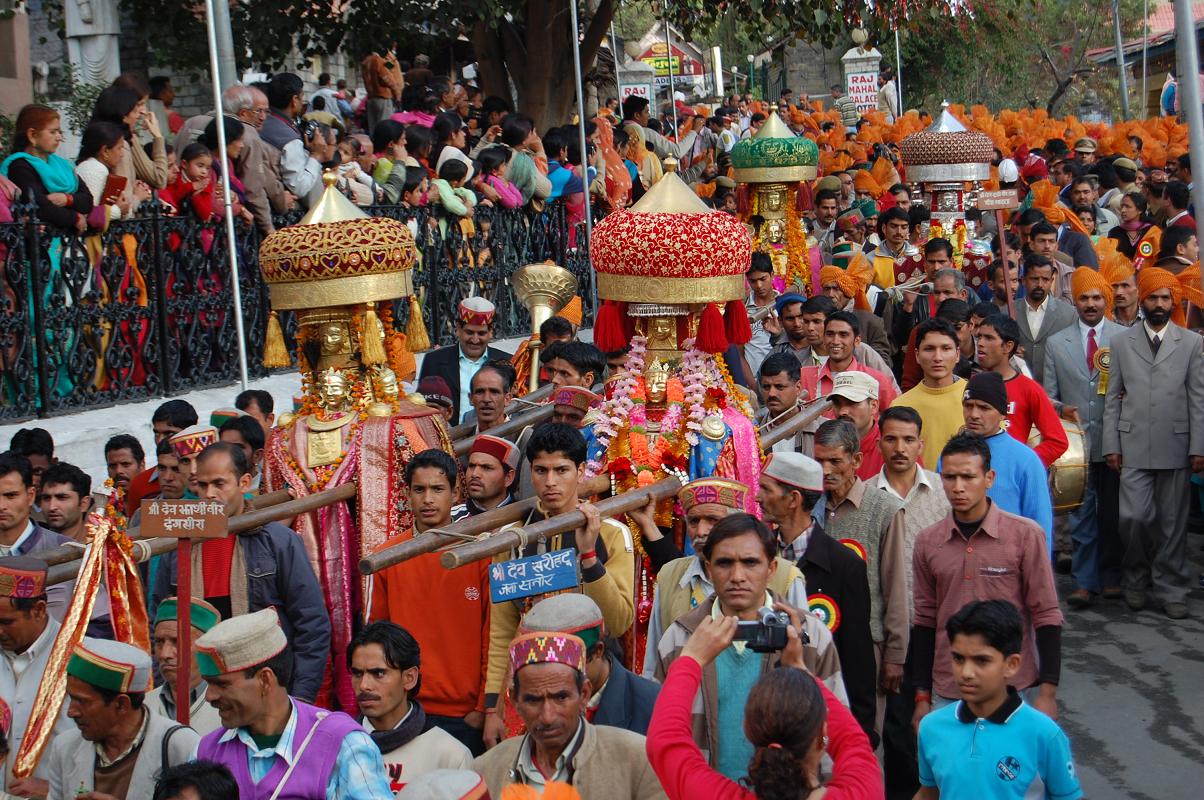
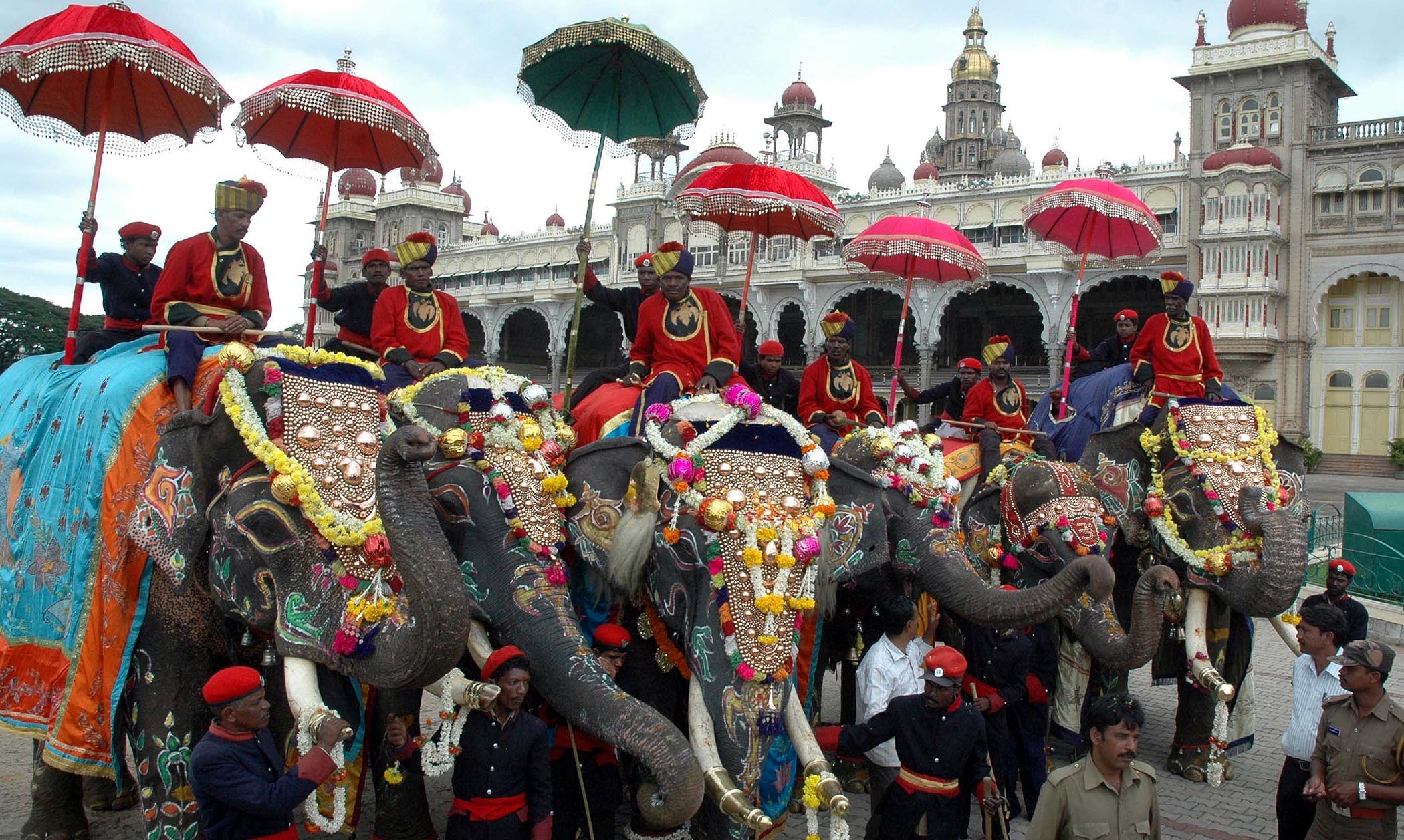
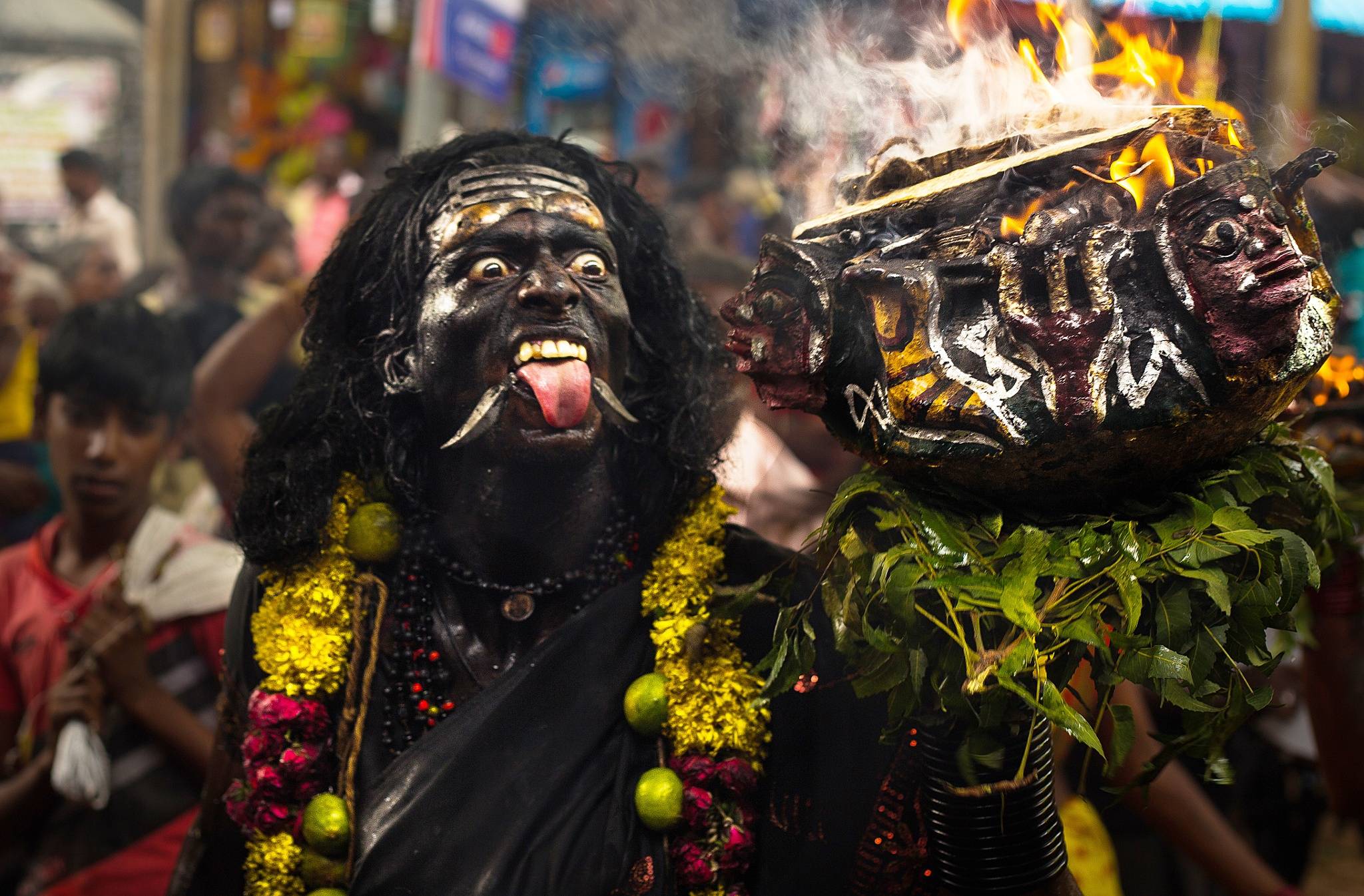
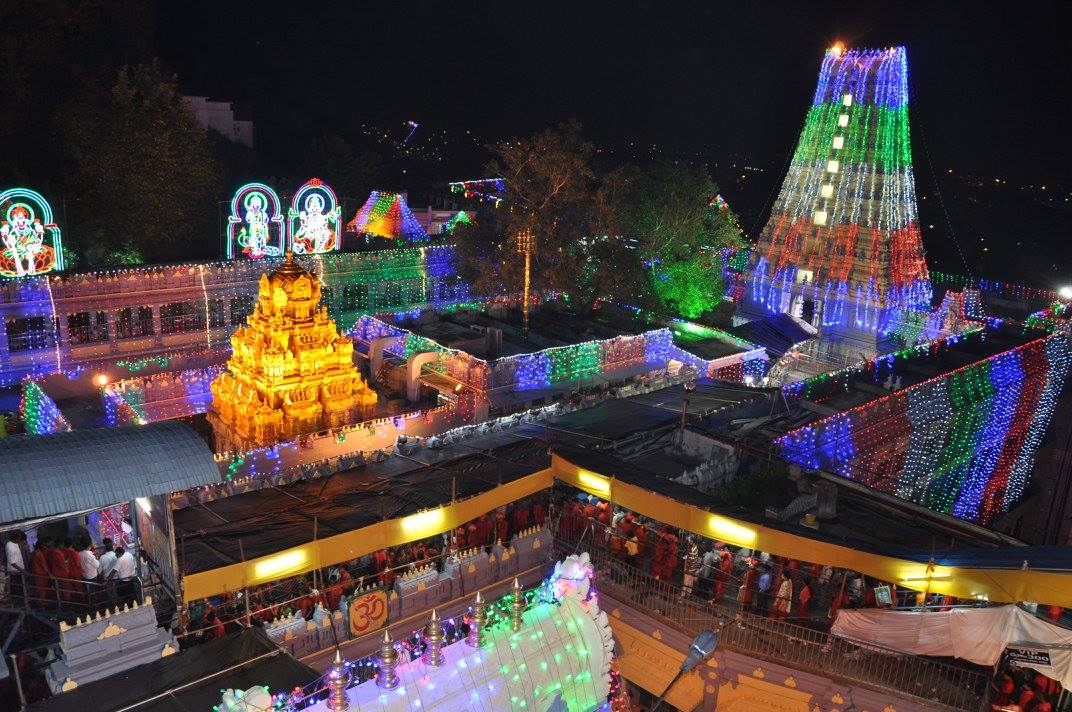




![Top 10 Popular iGaming Sites in India [Jan 2021] Indian Casino Sites of 2020](../../wp-content/uploads/casino-2-100x70.jpg)
